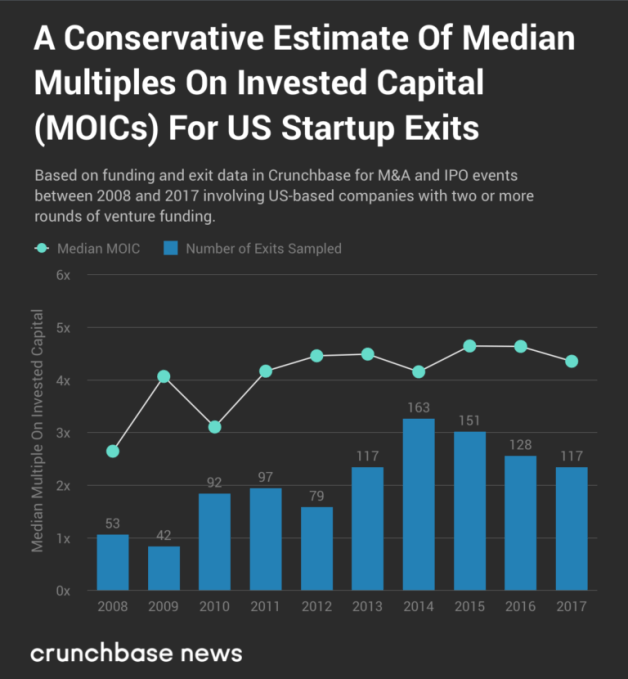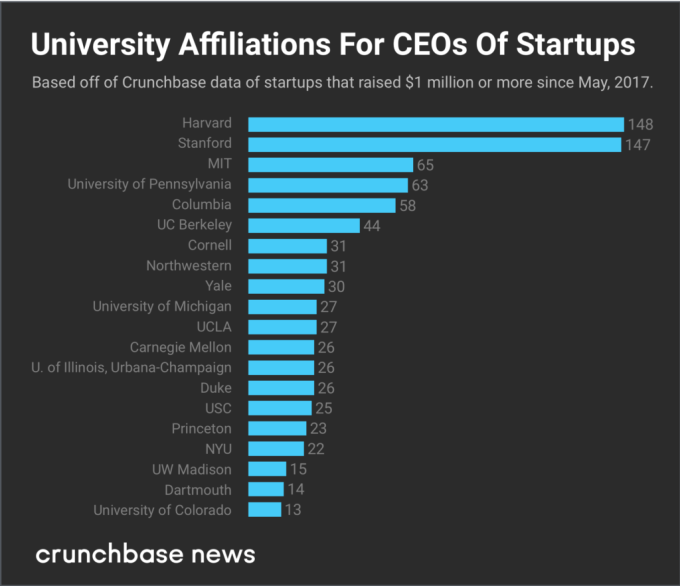Suppose, just for a moment, just for argument’s sake, that (some) cryptocurrencies are not a giant scam, and what’s more, they’re not just another kind of financial asset. Come on. Don’t look at me like that. Work with me here. Imagine, just for a moment, that there exist plausible futures in which they matter.
An interesting question to ask is: what exactly do those futures look like? Because if we can’t come up with any compelling answers, then we may conclude, by reductio ad absurdum, that a cryptofuture is awfully unlikely. So let’s walk through a few scenarios, shall we? And then judge how likely each one is.
1. The Crypto Maximalist Future
Situation: Bitcoin is the global currency. Except for “System D,” of course, and transactions hidden for reasons of tax avoidance, which run on ZCash, which is (ineffectively) banned by governments who fear the loss of their tax revenue from earned income hidden by zk-SNARKs. All retail transactions run through Lightning hubs, constantly watched and verified by AIs.
People maintain their own private keys, without which all of their life savings effectively vanish. These keys also maintain all of their own personal data, which they approve for usage by dapps on the Ethereum “world computer,” which performs billions of transactions per second courtesy of Plasma and (again) AIs monitoring the system with fraud proofs at the ready.
Fiat currencies died of hyperinflation. Banks died with them. Nation-states are on life support., and the new generation prefers statelessness to any citizenship. The world is increasingly controlled by a weird combination of libertarian Bitcoin seasteaders and communal Ethereum hacker collectives, who name themselves “phyles” after Neal Stephenson’s The Diamond Age, but call this The Crypto Age.
Likelihood: essentially nil, for many, many reasons, such as: The overwhelming majority of people don’t want to maintain their own private keys, and if you don’t maintain your own private keys, cryptocurrencies are essentially no different from fiat money held in banks, except for the many ways (such as the irrevocability of transactions) in which they are wildly inferior. Credit and cryptocurrencies play poorly together. Most people want strong governments, and strong governments want to control their own currencies, meaning, with only one small logical remove, that most people want fiat currencies. Deflation is actually bad. Etcetera etcetera etcetera etcetera etcetera. I mean come on people.
2. The Wall Street Crypto Future
Situation: Ordinary people don’t use cryptocurrencies. Why would they? But the financial world has gone full crypto; you always go full crypto. Stocks live only on the Ethereum blockchain. Bonds, too. Anyone who can qualify for a “security token” — a proof of your identity and valid investordom — can trade any stock, and any bond, in any market, from any country, anywhere in the world, in near real time, without asking for permission. Mostly via fully decentralized exchanges, though in certain markets centralized ones still have their advantages. Few people do it directly, though; their stock AIdvisors handle it for them.
Bitcoin is the global settlement and reserve currency; nobody cares about gold any more. Your credit card may be charged in dollars but that money is promptly converted to Bitcoin, and some satoshis are sent to the card issuer and the merchant bank (in a single transaction) before being converted back to dollars and sent to the vendor — the Lightning fees are so tiny, courtesy of the volume being so immense, that this is cheaper than the alternative. Ordinary people still don’t even know what Lightning is but the payment channels which connect banks, both within and between nations, pulse with hundreds of millions of dollars every single day.
Likelihood: slim to none. I personally see the irrevocability of crypto transactions, and the awkward “how do you provide cryptocurrency credit” issues as twin dealbreakers here — but I’m an engineer not a financier, so you could maybe persuade me that I’m wrong. We can at least see some of the advantages of cryptocurrencies here; why squander fortunes on running and maintaining hundreds to thousands of various financial databases and messaging buses around the world, when in theory we could have … well … one?
3. The Dapper Dapp Future
Situation: Financially, cryptocurrencies are just an asset class and a counterculture, but tokenized “fat protocols” powering decentralized apps have conquered the Internet. Facebook, Twitter, and increasingly even Google have been replaced by vast peer-to-peer networks in which processing and data are coordinated and optimized in real time by token transfers orchestrated by AI proxies. The rules of these systems are determined by frequent votes, which, again, are tokenized.
All of your personal data is packetized in many redundant tranches scattered across the Internet, protected by your private key(s) and various aspects of it are made available to services that wish to use it only as and when you or your proxies approve that access. You are rewarded with tokens for this access, which can then spend on other services. You maintain a portfolio of hundreds, sometimes thousands, of different kinds of tokens, and your AI proxy frequently trades between them so as to optimize this portfolio for your behavior.
Similar tokenized protocol infrastructures are beginning to creep offline and to organize meatspace projects, too, ranging from hardware development to massive-scale art collectives to urban planning and the transformation of entire cities. Token economics increasingly govern all of human behavior.
Likelihood: Yeah I don’t think so. I concede that in its way it’s an inspiring notion, but: most people want and like centralized solutions, which give them an authority to complain to, and to introduce and enforce rules, without having to vote on every single administrative detail of every network they connect to. (California ballot propositions are bad enough; imagine having to deal with their equivalent every day.) Dapps are by their very nature more complex, more fragile, and harder/slower to evolve than capps. (Imagine having to fork every time a feature changes. Now imagine some of those being hard forks.) Rewards to decentralized users are trivial — Facebook makes maybe $10/user/quarter, which is, to understate, not enough reward for the hassle of decentralization. Centralized solutions also have the advantages of things like “economies of scale” and “data centers which are more efficient than personal computers” and “databases which are vastly more efficient than blockchains.” And nobody wants to have to keep track of a portfolio of hundreds of different kinds of tokens no matter how useful their AI assistant may become.
4. The Global Crypto South Future
Situation: North America and Europe still use dollars and euros. Wall Street still uses its own systems, though it dabbles some in crypto assets. Facebook still rules the social media of the wealthy world. Cryptocurrencies are an afterthought, a curiosity, a fringe investment.
But the global South is different. Venezuela and Zimbabwe were the first to replace their currencies with cryptocurrencies that literally cannot hyperinflate. (I.e. a real cryptocurrency, not Venezuala’s what-even-is-that recent grotesquerie) Others soon followed; it was an easy and natural evolution from M-Pesa, Orange Money, and the like. There were some catastrophic failures in the early days, eg the BGP attack that took out most of the miners / validators of the Ethiopian cryptobirr and enabled a successful 51% attack that made a few hackers very wealthy at the expense of Addis Ababa’s treasury, but a few hard forks and version 2.0s later, stable prosperity was achieved.
The local stock and bond markets followed. As did the local Internet, where bandwidth costs far greater than those of the USA, plus the relatively greater size of potential dapp rewards, led to efficient local dapps, mostly using national cryptocurrencies (which can be traded for one another in real time on a vast decentralized exchange of atomic cross-chain payment channels), which have all but replaced centralized Western local services. Nowadays when Zimbabweans visit London and New York they’re taken aback by how backward those legacy financial systems seem.
Likelihood: I’m going to go out on a limb here and suggest that this is actually plausible. Not likely, necessarily, but plausible. In New York and London and Toronto and Paris, deflationary cryptocurrencies and real-time cross-country payment channels are basically solutions looking for a problem; I’d rather just use any one of my several no-international-usage-fees credit cards in Paris, and get the bonus miles / points, the ability to contest and reverse charges, the credit float, the extended warranty and other card bonuses, etc., rather than transact with the “global currency” Bitcoin over a Lightning payment channel, as cool as that sounds. But when you don’t have the mature, rewards-laden international payment system to hand, when you’re treated as suspicious and denied credit just because you’re from the most populous country in Africa, when your national currency’s inflation rate crosses double digits heading for triple … then, suddenly, the calculation looks very different indeed.
5. The Crypto Counterculture Future
Situation: Bitcoin did not conquer. Ethereum did not conquer. Tezos did not, EOS did not, Hashgraph did not. People around the world use credit cards, US dollars, euros, reals, yuan, etc., just as they always did. Wall Street might use some private / permissioned blockchains, as may some supply-chain enterprises, but their effect consists of an uptick in enterprise efficiency and a decrease in some costs, not the global revolution we were promised.
…That is, for 98% of the population. 2% however, are different. Maybe because they’re libertarians who mistrust the government, or hackers fascinated by the technology, or because they believe in the prospect of a better world. They’re willing to go through the struggle of dealing with private keys, funding payment channels, acquiring tokens to set up and pay for dapps and federate their data, and so forth. Only 2% of the population. But worldwide, that means 140 million people.
Only 140 million people use uncensorable, independent, decentralized social media. But that’s a big enough number that it means censorship doesn’t really fly on centralized media, either, because it can be transposed to the decentralized alternative. Only 140 million use cryptocurrencies for their day-to-day expenses and long-term savings. But that’s a big enough alternative to keep national currencies honest, because they know that if they start to degrade, a viable alternative already exists, and if the pain of centralized fiat money grows great enough, people can and will move to that alternative. Only 140 million people use permissionless systems; but that’s enough that if you get locked out of or kicked out of your nation’s permissioned infrastructure, there’s an alternative that you can adopt without your life being entirely ruined.
In short, only 2% of the population use cryptocurrencies … but that 2% performs an enormous service for the other 98%, by keeping censors, and governments, and central banks, honest. Providing a viable decentralized alternative, in and of itself, mitigates many of the flaws of centralized systems. It could be, actually, the best of both worlds.
Likelihood: Call me an optimist, but I think this is the most likely outcome of all.








